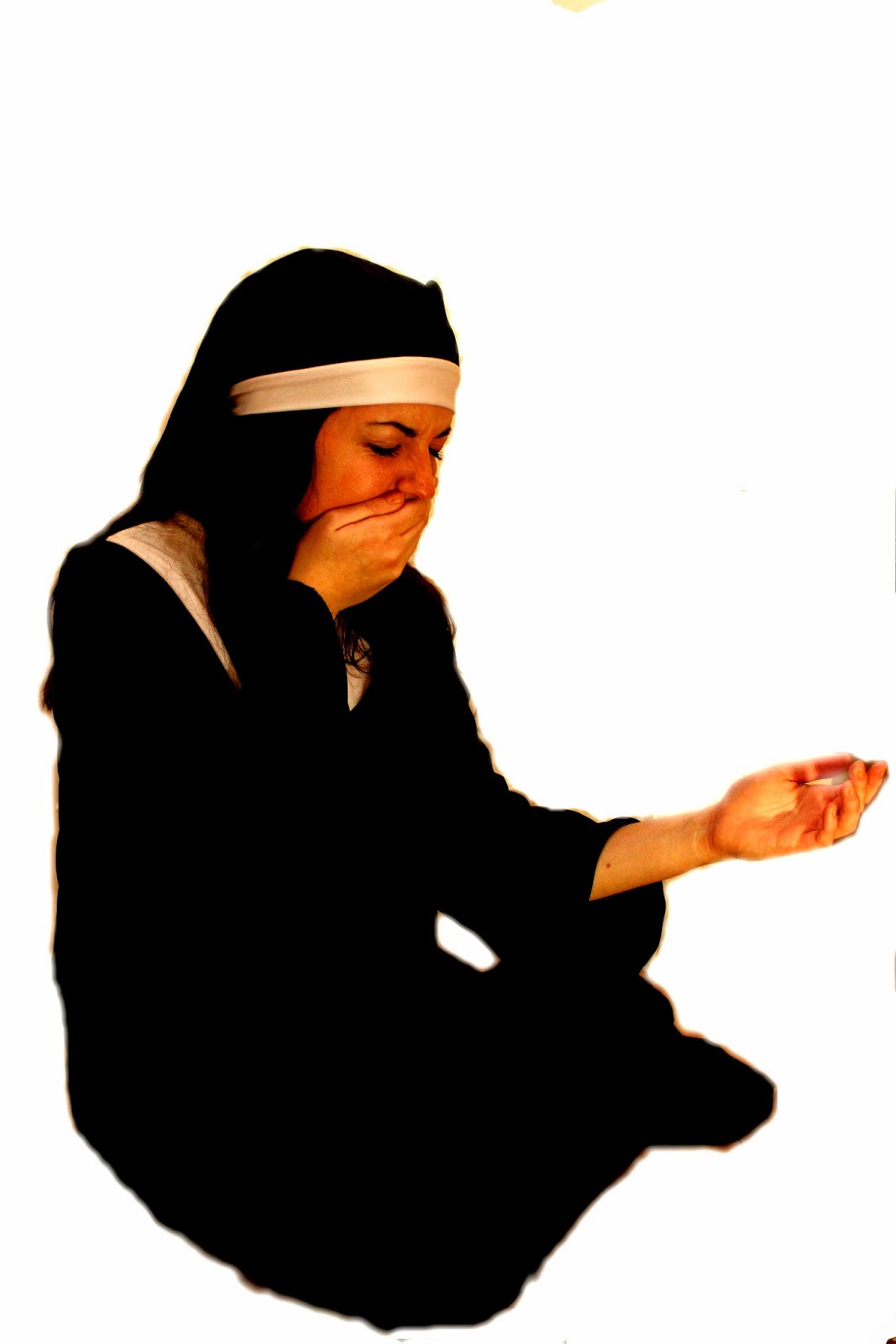Question 1:
Please list 5 scenes/shots that you found the most memorable from our trailer.
Answers
|
Tally
|
Rape scene
|
9
|
Gas mask/table card scene
|
3
|
Boy reacting violently scene
|
7
|
The hanging scene
|
9
|
Doctor argument scene
|
1
|
Train scene
|
4
|
Patient "Shhhh" scene
|
1
|
Knife to man's throat scene
|
5
|
Establishing shot
|
3
|
Blood in sink
|
2
|
We were pleased that the two most harrowing scenes in our opinions had also had an impact on the audience. We weren't surprised by any of the answers as they consisted mostly of shocking content which we expected them to remember, we were glad that the audience remembered and responded to these scenes as they were constructed to provoke a response.
Question 2:
How did the trailer make you feel? Both physically&emotionally?

We were pleased that the trailer seemed to evoke physical/visceral pleasures in our audience. Five members stated that the trailer made them feel as though they were "On the edge of their seats," which was a really successful response as it showed that the trailer was effective in building up suspense and tension.
Question 3:
Please give your interpretation of the plot synopsis, and the genre which you think it represented.

All nine members successfully identified the genre, with 2/3 identifying it as a psychological thriller. Our trailer was designed to have more characteristics of a psychological thriller from the beginning due to the complexity of the code of enigma and the mental illnesses involved, so we were really pleased that it was obvious to our audience.
Individual answers on plot synopsis:
1) Girl raped, baby given to father to turns him into a patient within the mental asylum, when a doctor arrives and helps the patient.
2) Mental asylum, patients go off the ropes, causing distress to the owner. The baby was possibly brought up in the asylum?
3) Based in an asylum, mental patients, and abnormal happenings.
4) Asylum, story based on the young boy.
5) Mental institute, patients are abused and everything starts getting out of control, whilst trying to reconnect the mother with her son who is the patient.
6) A nurse is raped by an unknown individual, who then becomes pregnant. Too ashamed about the whole situation, the child then stays in the mental asylum where he is brought up and becomes mental.
7) Rape in mental hospital results in a baby being given up and raised as a patient.
8) Mental institute set in the past.
9) The nurse was raped and her baby grew up in the mental asylum. The baby was not treated very well and had a mental breakdown.
These responses proved that our trailer did have a clear narrative, telling a story to our audience. However, it did not give too much away as our members still questioned who the "Unknown patient" was, and how far the head of the asylum went with the mistreatment of his patients. The boy's father is never revealed in the trailer and neither is the murderer who washes blood of their hands.

All of our members replied "yes" to whether they would be interested in seeing the full feature film based on our trailer.
We also asked them to give reasons, for which answers included "it was intriguing," and "wanted to see what happens at the end."
Question 5:

Six members replied that it was aimed at over 18's due to adult themes, whilst 3 stated they thought it might be aimed at 15 year- olds due to the fact that the vast majority of films in this genre have 15 certificates.
Question six:
How well does this trailer compare to real existing film trailers?
Please give reasons.
1) It is similar to real horror film trailers and is set up well to look like a real trailer.
2) Well because it grips the audience.
3) It had a good, gripping atmosphere but the acting could have been better.
4) I think it sums up to a real existing trailer. The trailer pointed out some of the main features from the film, just like the real trailer. The trailer is also intriguing just like real life trailers.
5) It had a good atmosphere, thrilling, keeps you on the edge of your seat, interesting, a bit too long but very informative. Good use of music.
6) I think this trailer is unique compared to others but would fit in with existing trailers. It is a really good trailer including good transitions/soundtrack.
7) It was very good. Provided the necessary information for the audience to understand the plot but not enough to give away all the details before watching the whole film.
8) I think it was really good because like professional trailers it built up the suspect well throughout. I think the atmosphere it created was brilliant.
9) A bit muddled up at times and needed some fuller explanation, however left me wanting to see more which is more than can be said for most current trailers.
These responses showed that the majority of people agreed that it would compare well with real existing film trailers, and pointed out parts of the film trailer which could have been improved. This has helped myself and my group to understand how we could've improved it which will help us in the future, as we were grateful for both criticism and positive comments.









































